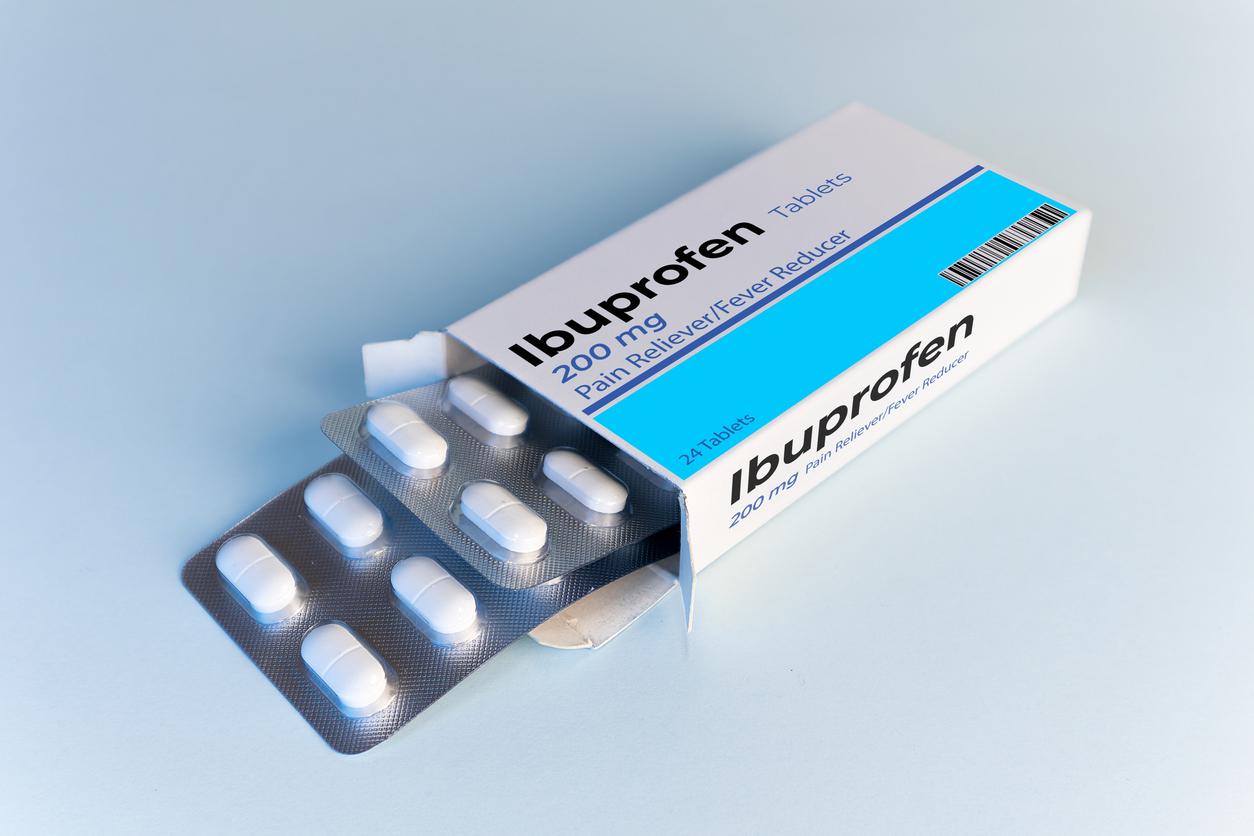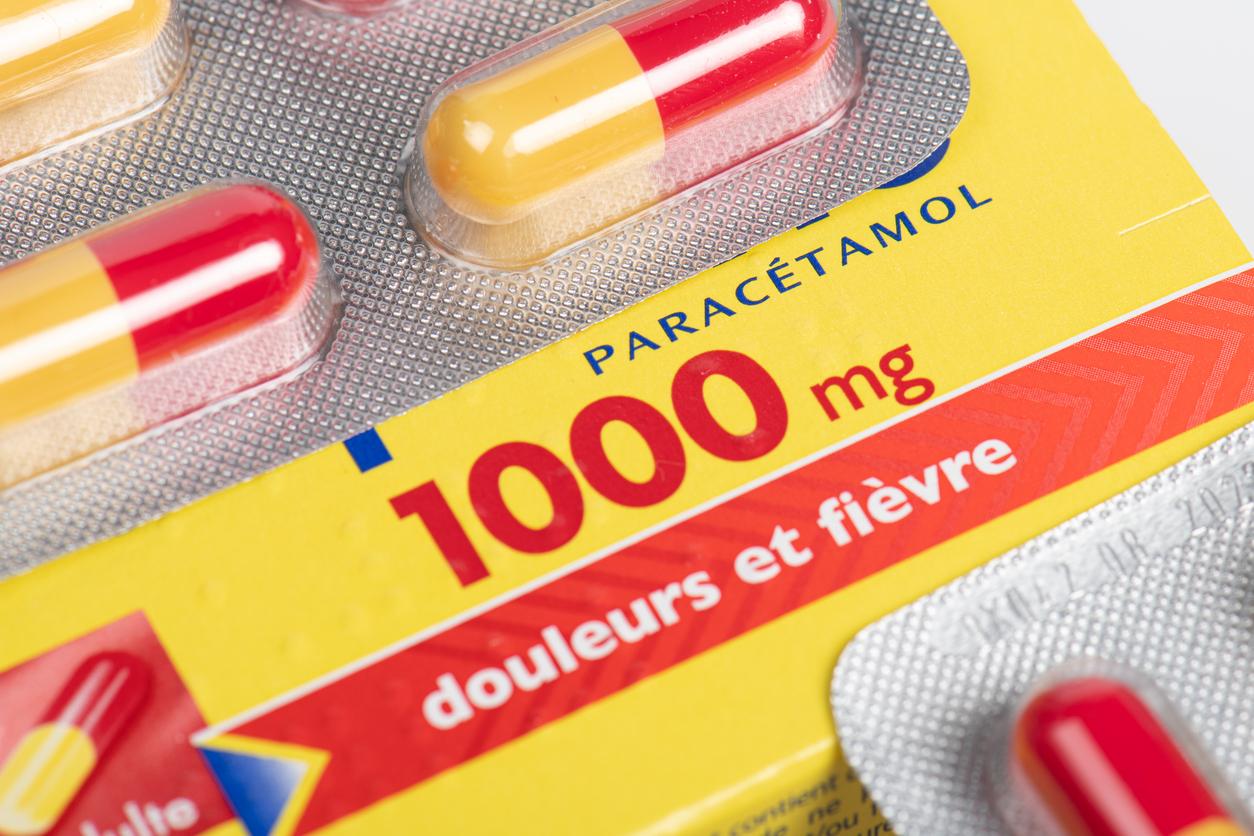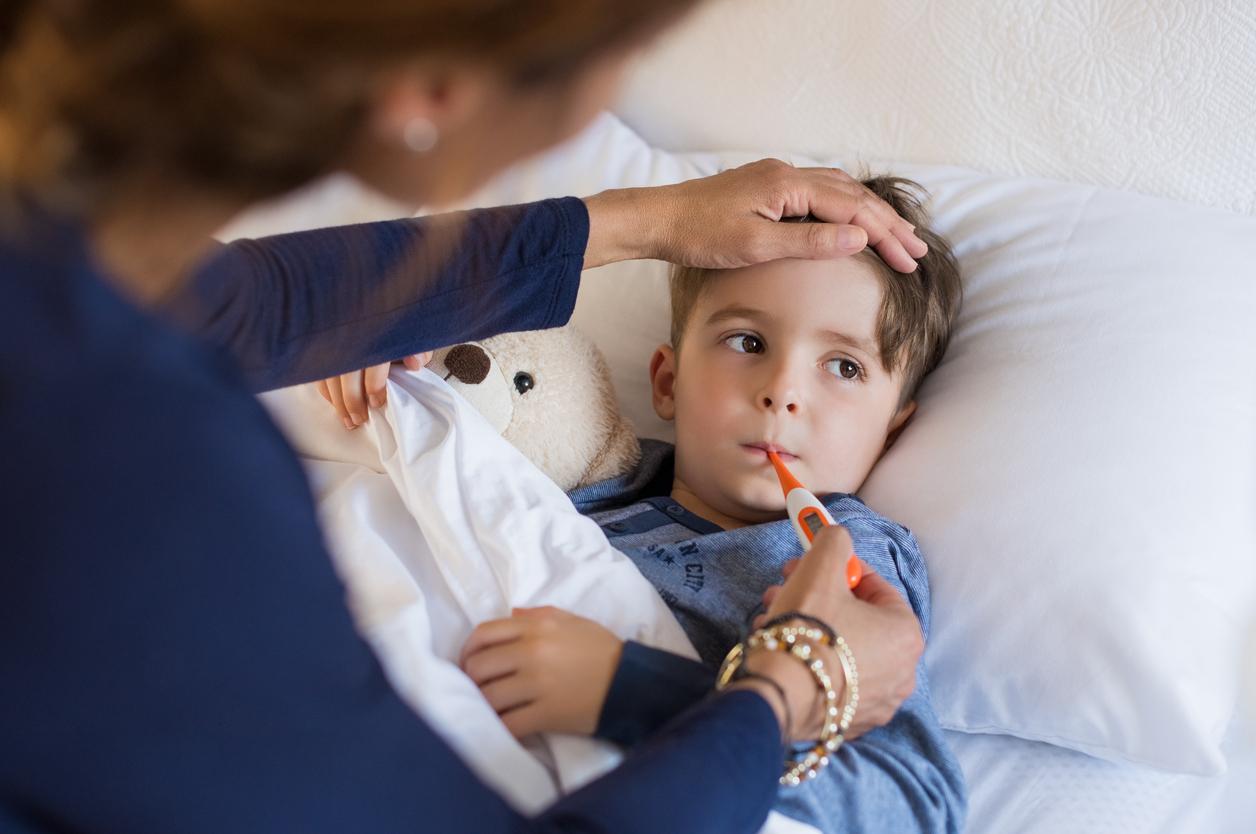Children spend on average 1h19 per day on digital equipment, and 2h07 on weekends. And it is 96% of them who are exposed to (and/or) have a digital screen (tablet, telephone, computer). Faced with thisthis societal reality, the government launched on 8 Febier a campaign to support parents in digital education, with practical advice available on the platform jeprotegemonenfant.gouv.fr. The idea being not to prohibit screens, but to have a reasoned use of them, complementary to moments of daily parent-child exchanges.
Because the reality is that their misuseexposed to adverse health effectsespecially on the eyes and the brainrecalls the Academy of Medicine in a press release, published on February 8.
The screens are phototoxic for the retina
The use of screens and the use of light bulbs LEDss have become widespread in recent years. And for good reason: mobile phones have become ubiquitous and light bulbs LEDss(used in home lighting, such as street lights) consume less energy. Problem: These lights contain a spectere of high intensity blue light, toxic to the retina.
Dyears of expertise on the subjectANSES has several times highlighted this toxicity. In 2019, it confirmed “short-term phototoxic effects linked to acute exposure and long-term effects linked to chronic exposure, which increase the risk of occurrence of Macular degeneration (AMD)”.
The reason ? THE bulbs LEDs create white light by combining two lights: yellow and blue. However, the rays of the latter are more energeticwhich are more likely to interact with ocular tissues and therefore damage them, regardless of age. “While sunlight and the old sources of artificial lighting have a homogeneous energy in the band of the visible spectrum, the LEDs currently available emit a peak of blue light emission, close to ultraviolet radiation, whose deleterious effects on the retina are known”, explains the Academy of Medicine.
Direct consequence: exposure to light-emitting diodes (LEDs), a thousand times brighter than incandescent lamps, is “source of glare“ and can “prove to be photo-toxic to the retina”.
Concretely, if at the time this exposure is not responsible for burning theeye as might occur when directing one’s gaze towards the sun, it is chronic exposure to LEDs that induce eye damage, “of order photochemical particularly harmful to the macular retina located in the center of the retina and responsible for fine vision, reading, writing and colored vision“, specifies the Academy of Medicine.
Furthermore, exposure to screens at night is very harmful since it deprives users of a regeneration of retinal pigments. “These pigments are consumed during the day to initiate the phenomenon of vision, and regenerated at night in total darkness. Man is indeed a being with diurnal activity and nocturnal rest.
But also for the brain!
Exposure, even very weak, to light rich in blue in the evening or at night, disturbs biological rhythms and therefore sleep. The reason ? The organism is synchronized by its clockbiological dog depending on exposure to daylight and darkness at night. This same biological clock, located in the hypothalamus, controls many cyclic biological processes.
The problem, explains the Academy of Medicine, “is that theWith chronic exposure to light during the night, including screens (smartphones, tablets, computers), sleep-wake rhythm disorders appear in connection with a desynchronization of the internal clock.“
According to a WHO study conducted in 45 countries among adolescents, 30% d‘between them communicate online, including late at night with, for some, a real addiction to the internet or video games. “In these adolescents, the result is late sleep, linked to an increase in vigilance generated by a delay in the phase of the clock and to an inhibition of the secretion of melatonin, involved in falling asleep.“, emphasizes the Academy again. The consequences are known: sleep debt, fatigue on getting up and during the day, impaired learning abilities, lack of concentration.ion, hyperactivity, even academic delay.
“These children and adolescents thus find themselves in a state of desynchronization, called “social jet-lag”, characterized by a dissociation in which biological time (the internal clock) and astronomical time (the watch) are dissociated from social life. The recovery of sleep during the weekend only reinforces the desynchronization of the adolescent”, notes the Academy.
To remember ! What advice to protect children’s eyes and brains?
- First tip, have a moderate use of screens. See tips and mistakes to avoid. The Academy of Medicine stresses that “the decline in school performance and the withdrawal of children into themselves are two essential warning signals to which we must be attentive”, because they reveal an over-consumption of screens.
- And insists the Academy of Medicine, it is necessary “restrict or even ban” the use of screens at night.
- Another tip from the Academy of Medicine: use blue light blocking glasses at any age, especially for children and adolescents whose lens is more translucent and therefore more fragile.
- Finally, if the children wear anti-UV goggles when it is sunny, the reflex should be to tell them wear anti-light glasses blue to protect them from blue light. That said, these glasses are not a 100% protective shield! It is once again the moderate use of screens, associated with common sense advice (encouraging children to practice outdoor activities, to take visual breaks in order to rest their eyes, etc.) that is really effective .
- In order to avoid effects on the brain (sleep, concentration, mood disorders, depression, etc.), be sure to regular bedtime and wake-up times for children and adolescents (to avoid desynchronization of the internal clock).
Sources
- The eye and the brain of children and adolescents under the light of screens, Academy of Medicine, February 8, 2023.
- LEDs, not so harmless as that…, Inserm, 2017
- handles

















